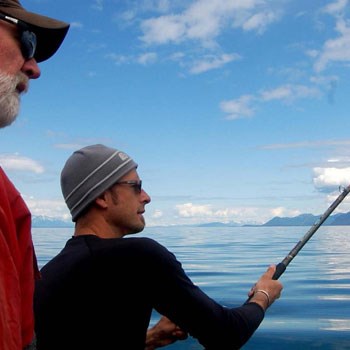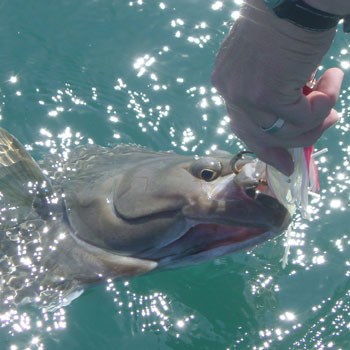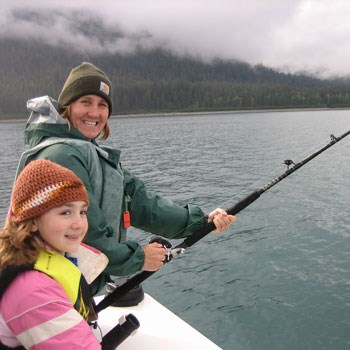
“Humankind has not woven the web of life. We are but one thread within it. Whatever we do to the web, we do to ourselves. All things are bound together. All things connect.”~ Attributed to Chief Seattle, 1855
A Federally-Managed SanctuaryGlacier Bay National Park is federally managed to protect marine life and habitat “unimpaired” for future generations. National Park status was achieved in 1980 when Glacier Bay was designated as one of four park units intended to be: “Large sanctuaries where fish and wildlife may roam freely, developing their social structures and evolving over long periods of time as nearly as possible without the changes that extensive human activities would cause.” ~ ANILCA Senate Committee Report 96-413, p. 137. Marine Protected AreaGlacier Bay National Park is a federally- designated Marine Protected Area (MPA) and part of a larger nationwide system of MPAs. MPAs are marine environments reserved by federal, state, or other laws or regulations to provide lasting protection for natural and cultural resources within its boundaries for the benefit of present and future generations. Management objectives across MPAs are broad but conservation is a primary goal. 
Fishing in Glacier Bay's rich waters is truly a unique experience. You can help protect it for future generations by following these best practices:Follow the Angler Code

Release Best PracticesStudies suggest that 1 of 20 halibut released by recreational anglers does not survive. Since halibut can live up to 55 years, proper catch and release best practices can help future generations enjoy this memorable experience:

Steward our Marine EcosystemIt is up to each of us to play our part in preserving the ecological integrity of Glacier Bay for generations to come.
|
Last updated: February 20, 2018
